|
273P (Pons-Gambart)
Discovery On June 21, 1827, French astronomers Jean Louis Pons and Jean-Felix Adolphe Gambart discovered a comet among the stars of Cassiopeia. Both men were prolific comet finders. Pons was the most prolific discoverer of comets up until the modern era and still holds the record for most visual discoveries. A record that is unlikely to ever be broken. Between 1801 and 1827, Pons found 26 comets. Comet Pons-Gambart was his second to last comet find. Though not as prolific as Pons, Gambart is credited with 5 comet discoveries between 1822 and 1834. Comet Pons-Gambart was his 3rd find. As the comet was already a few weeks past perihelion at discovery, it was only observed for ~1 month before it faded. Over the years, orbit computers have noticed that Pons-Gambart was on an obvious elliptical orbit and determined periods between ~45 and 65 years. The only problem was with periods that short the comet should have returned at least 2 to 4 times since 1827. Perhaps the comet was fainter now or even broke up in the intervening years to explain why it was constantly being missed. Fast forward to this year… Robert Matson of Newport Coast, CA found evidence of an unknown comet on images taken with the SOHO spacecraft. SOHO’s SWAN imager is used to map the Lyman-α emission of the solar wind. SWAN is also very good at detecting hydrogen was dissociated water molecules released by comets. As a result, SWAN has been used to discover comets. Matson noted the presence of a comet on SWAN images from Nov. 7, 10, 11, 13 and 19. He then informed a number of observers about the new find and on Nov. 29 Terry Lovejoy of Australia found the comet. Before the comet was even formally announed, Maik Meyer of Limburg, Germany noticed the similarities between the new SWAN/Matson comet and long-lost Comet Pons-Gambart. There is little doubt that the two are related and are probably the same object. Only problem is the 2012 observations don’t exactly match the 1827 observations assuming orbital periods of 45-65 years. A recent MPEC released by Gareth Williams of the Minor Planet Center found that the 2012 observations are consistent with a much longer period than previously assumed. It is likely that Pons-Gambart wasn’t really missed before because with a 188 year orbit this is actually its first return since 1827. At first there was still come question as to whether the newly seen comet was Pons-Gambart and for awhile the comet was only known by its designation C/2012 V4. The Minor Planet Center has now officially announced it as 273P/Pons-Gambart. After spending over a month too close to the Sun for observation, 273P is once again observable. This month it is a morning object traveling north from Serpens Cauda into Hercules. Finder charts can be found at Chasing Comets. |
出典:
http://transientsky.wordpress.com/tag/273ppons-gambart/
2013年03月07日
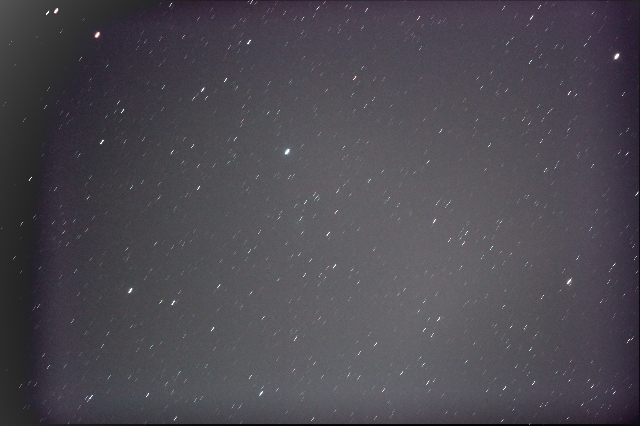
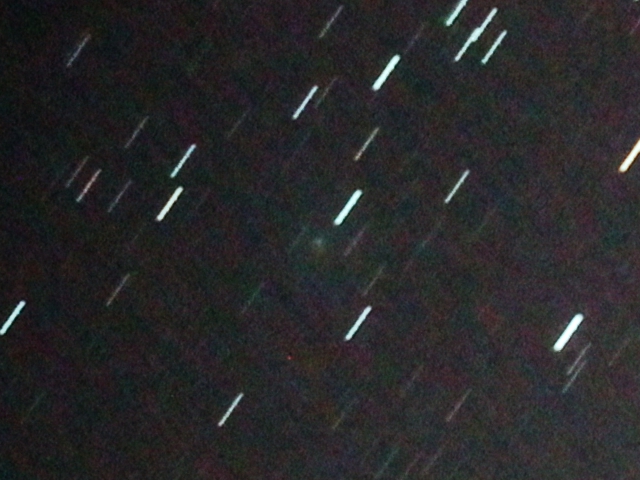
ポンス-ガンバール彗星 (273P/Pons-Gambart (2012))
2013/03/07T04:01:59.06から04:22:53.00まで
ε160/530 + LPS-P2 + 60D / EM200Temma2 / 60秒×20枚を合成
StellaImage6.5で合成、レベル補正とリサイズ
2013年03月17日

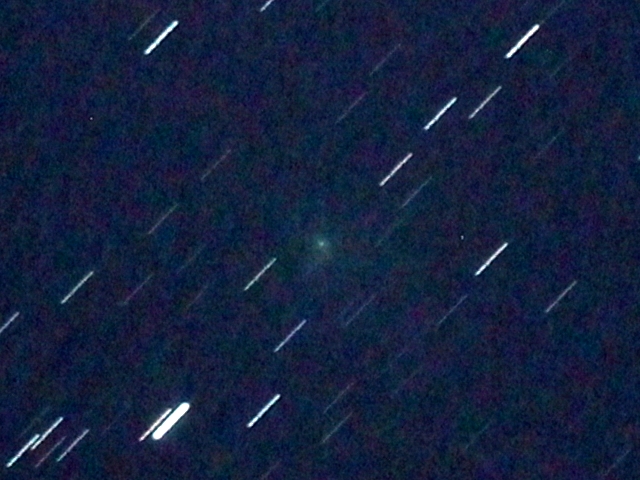
ポンス-ガンバール彗星 (273P/Pons-Gambart (2012))
2013/03/17T03:49:00.06から04:09:34.00まで
ε160/530 + LPS-P2 + 60D / EM200Temma2 / 60秒×20枚を合成
StellaImage6.5で合成、レベル補正とリサイズ
2013年04月03日
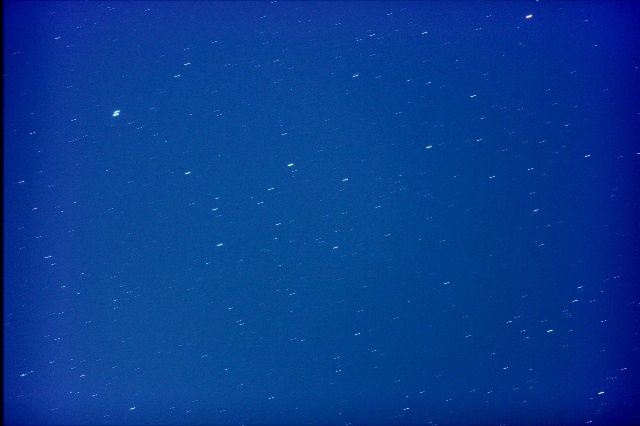
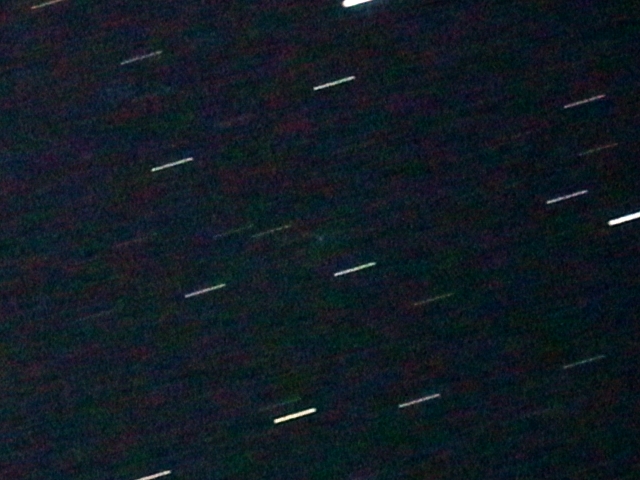
ポンス-ガンバール彗星 (273P/Pons-Gambart (2012))
2013/04/03T22:03:00.06から22:23:35.00まで
ε160/530 + LPS-P2 + 60D(ISO800) / EM200Temma2 / 60秒×20枚を合成
StellaImage6.5で合成、レベル補正とリサイズ
2013年04月15日
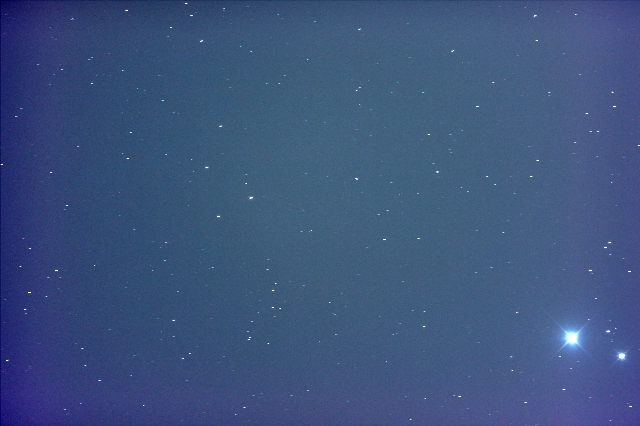
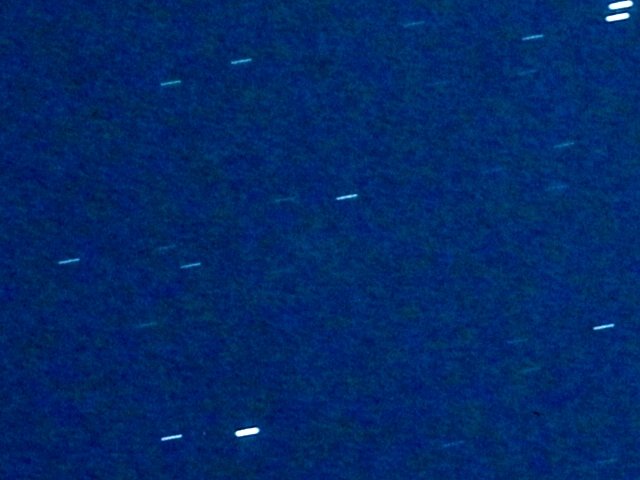
ポンス-ガンバール彗星 (273P/Pons-Gambart (2012))
2013/04/15T22:57:00.06から23:17:35.00まで
ε160/530 + LPS-P2 + 60D(ISO800) / EM200Temma2 / 60秒×20枚を合成
StellaImage6.5で合成、レベル補正とリサイズ
トップページに戻る 「ほしとそらのトップ」に戻る
「彗星・小惑星目録」に戻る 「小惑星792番 メトカーフィア」に戻る 「C/2011 L4 パンスターズ彗星」に進む